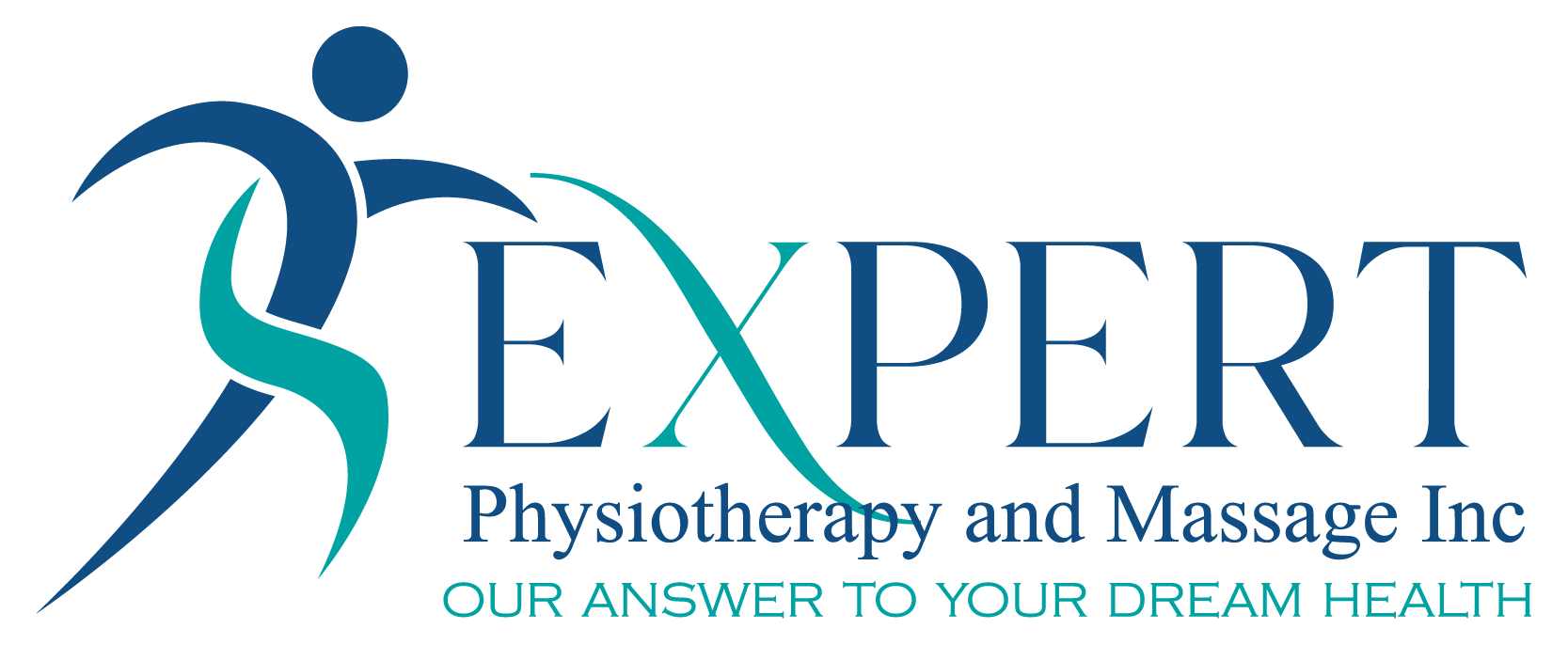When it comes to physical health and injury recovery, the term “core muscles” is often mentioned. But what exactly are core muscles, and why do they play such a critical role in back injury rehabilitation? Let’s break it down.
Understanding Core Muscles
Core muscles are the group of muscles located in your midsection. They include:
- Abdominal muscles: These consist of the rectus abdominis (commonly known as the “six-pack”), transverse abdominis (the deepest abdominal layer), and obliques (internal and external).
- Back muscles: These include the erector spinae, multifidus, and other stabilizing muscles along the spine.
- Pelvic muscles: Such as the pelvic floor muscles.
- Hip muscles: Including the gluteal muscles and hip flexors.
- Diaphragm: While often overlooked, the diaphragm is a core muscle that plays a role in stability and breathing.
These muscles work together to provide stability and strength to the spine, pelvis, and torso, forming the foundation for nearly every movement your body makes.
How Core Muscle Weakness Causes Chronic Low Back Pain
Weak core muscles can significantly contribute to chronic low back pain due to several factors:
- Reduced Spinal Support Core muscles act as a natural brace for the spine. When these muscles are weak, the spine lacks adequate support, leading to poor posture and increased stress on spinal structures like discs, ligaments, and joints. Over time, this stress can result in chronic pain.
- Muscle Imbalances Weak core muscles often cause compensatory patterns in other muscle groups, such as the lower back, hips, and shoulders. These imbalances can create excessive strain on the lumbar spine, exacerbating discomfort and contributing to persistent pain.
- Increased Risk of Injury A weak core reduces the body’s ability to absorb shocks and stabilize movements, making the spine more vulnerable to injuries like herniated discs or muscle strains. This vulnerability can lead to recurring bouts of pain and difficulty recovering.
- Altered Movement Patterns Weakness in the core muscles can lead to inefficient movement patterns, such as overusing the lower back muscles during activities like lifting or twisting. These improper mechanics can result in cumulative wear and tear on the lumbar spine, causing chronic pain.
- Poor Posture Core strength is essential for maintaining proper posture. Weak core muscles can lead to slouching or an exaggerated lumbar curve, both of which place additional stress on the lower back and contribute to chronic pain.
Why Core Muscles Are Important in Back Injury Rehabilitation
- Spinal Stability Core muscles are essential for maintaining spinal alignment and stability. Strengthening these muscles helps distribute loads evenly, reducing stress on the injured area.
- Injury Prevention A strong core acts as a natural brace for your spine, minimizing the risk of re-injury. Whether you’re bending, lifting, or twisting, your core muscles help protect your back by absorbing shock and supporting movement.
- Improved Functionality Rehabilitation often focuses on restoring mobility and strength. Activating and strengthening your core muscles improves functional movement, allowing you to perform daily tasks with greater ease and less pain.
- Better Balance and Coordination Core strength enhances balance and coordination, which are critical during rehabilitation exercises. Improved balance reduces the likelihood of falls or missteps that could worsen your condition.
- Pain Reduction Weak or imbalanced core muscles can contribute to chronic back pain. Targeted core exercises help relieve discomfort by addressing muscle imbalances and improving overall spinal support.
Incorporating Core Exercises into Rehabilitation
A well-structured rehabilitation program focuses on strengthening the core without causing strain to the injured back. Here are some examples of safe and effective exercises commonly used in back injury rehabilitation:
- Pelvic Tilts: Helps improve mobility and strengthen the lower back.
- Bridges: Targets the glutes and lower back while engaging the core.
- Bird Dog: Promotes balance and stability by working the deep core muscles.
- Planks: Builds strength in the entire core, including the shoulders and back.
- Deep Breathing Exercises: Activates the diaphragm and supports core engagement.
It’s crucial to work with a physiotherapist or rehabilitation specialist to design a personalized program tailored to your specific needs and recovery goals. Improper form or overexertion can hinder progress and potentially worsen the injury.
Conclusion
Core muscles are the cornerstone of back injury rehabilitation. By enhancing spinal stability, improving functionality, and reducing pain, a strong core lays the groundwork for a successful recovery. Conversely, weak core muscles can contribute to chronic low back pain by reducing spinal support, creating muscle imbalances, and encouraging poor movement patterns.
Whether you’re dealing with chronic low back pain or recovering from a significant back injury, incorporating core-strengthening exercises into your rehabilitation plan is a step toward long-term health and mobility.
If you’re recovering from a back injury or looking to prevent future problems, Expert Physiotherapy and Massage is here to help. Our team of specialists can guide you through targeted treatments and customized exercise programs to strengthen your core and support your recovery. Contact us today to get started on your journey to better health!


